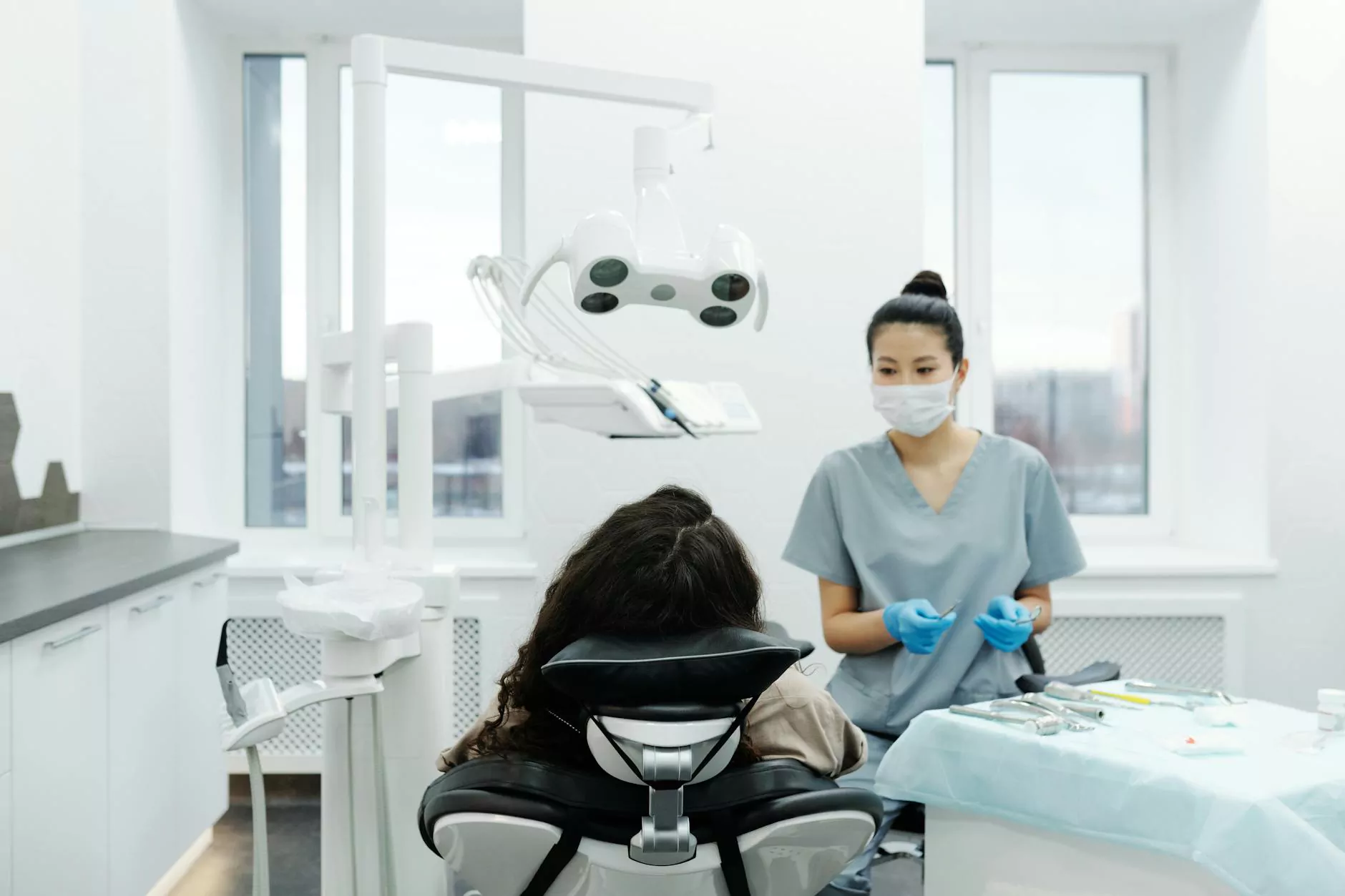Bilateral Salpingo Oophorectomy Surgery: A Comprehensive Guide

Bilateral salpingo oophorectomy surgery is a significant medical procedure that involves the removal of both the ovaries and fallopian tubes. This surgery is often performed for various medical reasons, including the treatment or prevention of certain diseases and conditions. In this article, we will explore this important surgical procedure, its purposes, what to expect, recovery, and much more.
Understanding Bilateral Salpingo Oophorectomy Surgery
The term bilateral salpingo oophorectomy can be broken down into three parts: "bilateral," which refers to both sides; "salpingo," which pertains to the fallopian tubes; and "oophorectomy," indicating the removal of the ovaries. Understanding the components of this surgery helps to clarify its significance and the reasons for its necessity.
Why is Bilateral Salpingo Oophorectomy Necessary?
There are several scenarios in which a bilateral salpingo oophorectomy might be recommended:
- Ovarian Cancer or Risk of Ovarian Cancer: Women who have a family history of ovarian cancer or carry BRCA mutations may opt for this procedure as a preventive measure.
- Severe Endometriosis: In cases where endometriosis causes chronic pain, surgical removal may provide relief.
- Benign Ovarian Tumors: Some ovarian tumors may require removal to eliminate discomfort or complications.
- Pelvic Inflammatory Disease (PID): Chronic infections can harm the ovaries and fallopian tubes, leading to the need for surgery.
Preparing for Bilateral Salpingo Oophorectomy Surgery
Preparation for surgery is crucial for ensuring a smooth procedure and recovery. Here is what to expect:
Consultation with a Healthcare Provider
A thorough consultation with your doctor is the first step. During this appointment:
- Your medical history will be reviewed.
- Diagnostic tests, such as ultrasounds or blood tests, might be performed.
- The risks and benefits of the procedure will be discussed.
- Questions regarding post-operative care and recovery should be addressed.
Pre-Operative Instructions
In the days leading up to the surgery, follow these general instructions:
- Fast after midnight before the day of surgery.
- Arrange for a ride home and help during recovery.
- Prepare a comfortable recovery space at home.
The Surgery: What to Expect
Bilateral salpingo oophorectomy can be performed through different approaches:
- Abdominal Surgery: A larger incision is made in the abdomen to access the organs.
- Laparoscopic Surgery: This minimally invasive technique involves smaller incisions and the use of a camera to guide the surgery.
During the procedure, the surgeon will:
- Administer general anesthesia.
- Carefully remove the ovaries and fallopian tubes.
- Monitor for any complications or excessive bleeding.
Post-Operative Care and Recovery
Recovery from a bilateral salpingo oophorectomy varies from person to person. Here’s an overview of what to anticipate:
Immediate Post-Operative Care
- Patients are typically monitored in a recovery area until the anesthesia wears off.
- Pain management will be a priority, with medications provided as necessary.
- Instructions regarding activity levels and wound care will be given.
Long-Term Recovery
Full recovery may take several weeks, during which you should:
- Avoid strenuous activities and heavy lifting.
- Attend follow-up appointments with your healthcare provider.
- Monitor for symptoms such as unusual pain or signs of infection.
Understanding the Impact on Hormonal Health
One important consideration following a bilateral salpingo oophorectomy is the impact on hormonal health due to the removal of the ovaries, which produce hormones such as estrogen and progesterone.
Menopausal Symptoms
Women who undergo this procedure may experience:
- Hot flashes and night sweats
- Mood swings and irritability
- Changes in libido
Hormone Replacement Therapy (HRT)
To alleviate menopausal symptoms, some women may consider HRT. Discuss with your doctor whether this is appropriate for your situation.
Potential Risks and Complications
Like any surgical procedure, a bilateral salpingo oophorectomy carries risks. Understanding these can help mitigate concerns:
- Infection: Any surgical procedure poses a risk of infection at the incision site.
- Bleeding: There may be potential for significant bleeding during or after surgery.
- Anesthesia Risks: Adverse reactions to anesthesia can occur, although they are rare.
Conclusion: The Importance of Informed Decision-Making
In conclusion, a bilateral salpingo oophorectomy surgery is an important procedure that can significantly influence a woman’s health and well-being. With the proper information, support from healthcare providers, and thorough preparation, patients can approach this surgery with confidence. Always remember that making informed choices is crucial for optimal health outcomes.
Further Resources
For more information and support regarding bilateral salpingo oophorectomy surgery, consider reaching out to reputable sources or your healthcare provider. Knowledge is power, and understanding your health options can make all the difference.
If you’re seeking additional resources, visit Dr. Seckin's website for expert insights and support in the field of gynecology and women’s health.









